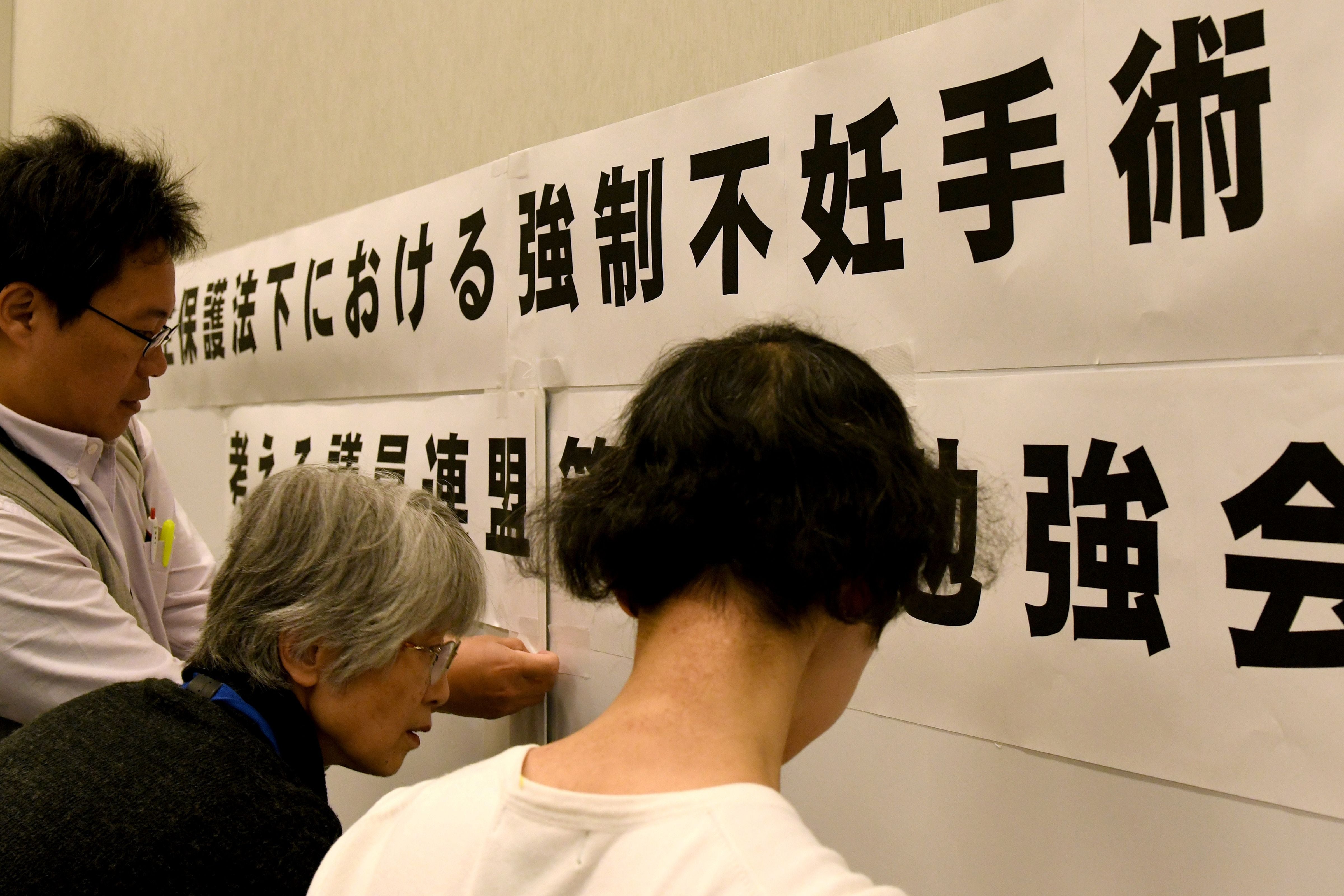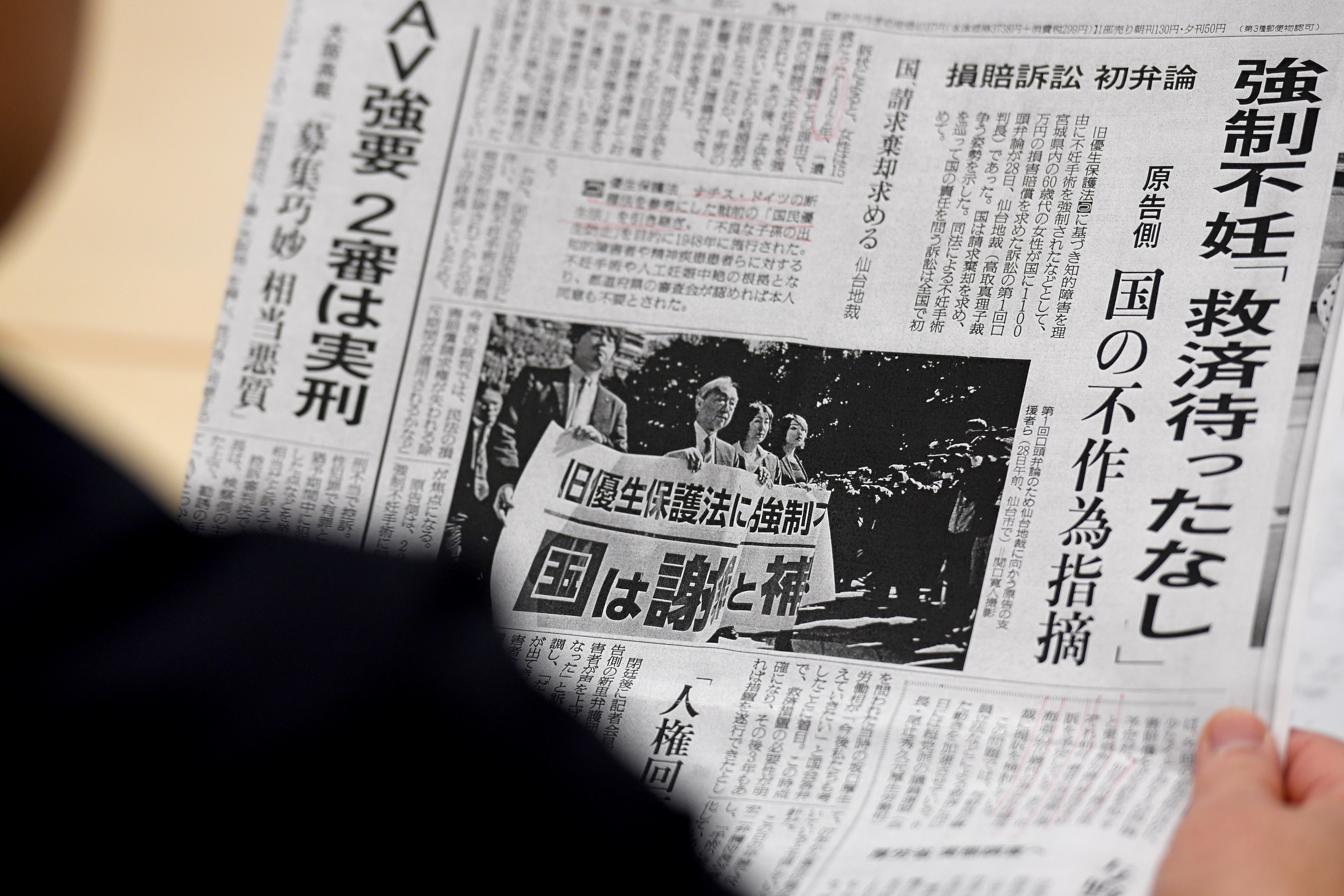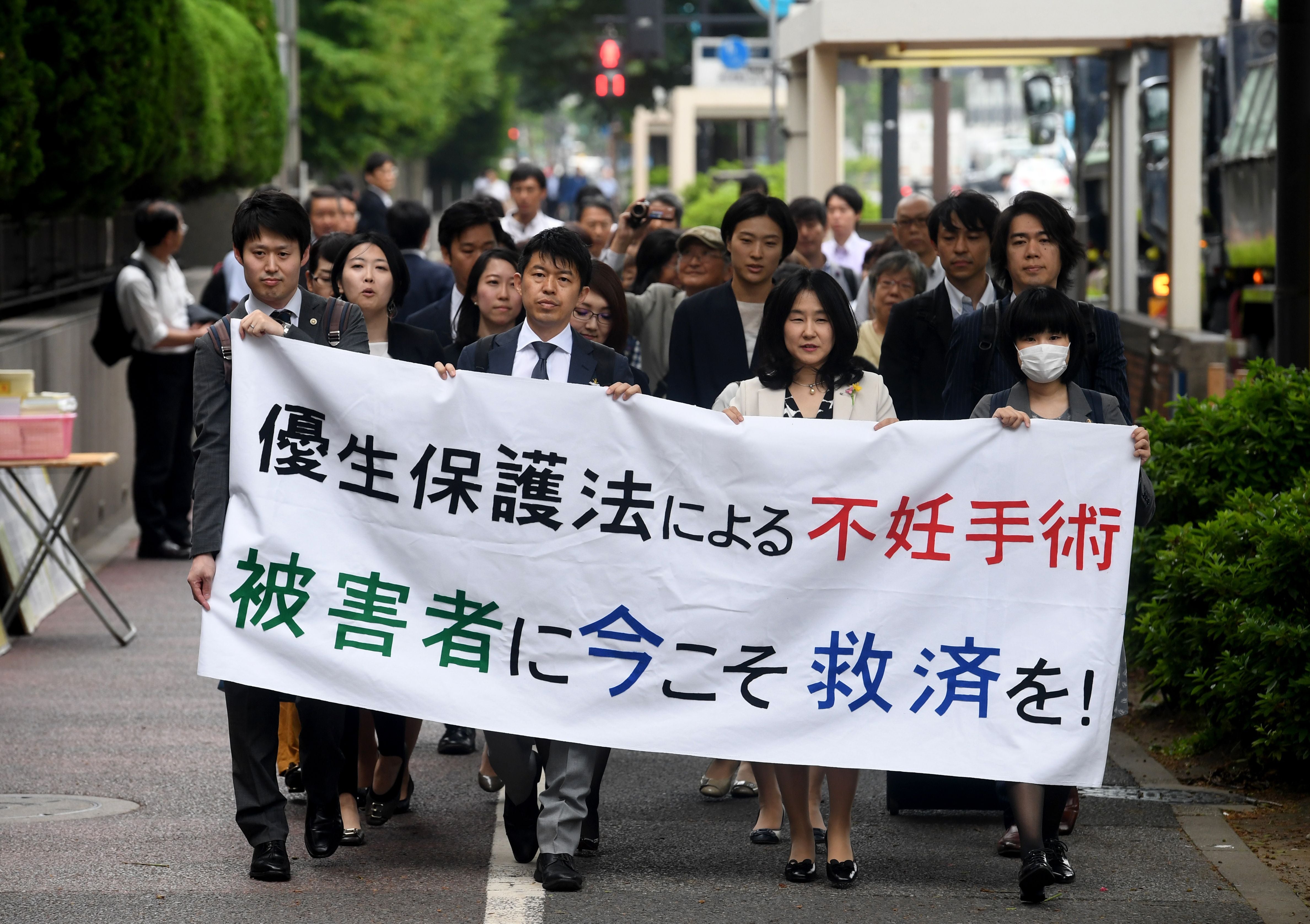Nine-year-olds among 25,000 people forcibly sterilised in Japan under post-WWII law, reveals report
At least 16,000 of 25,000 people were sterilised without consent when the law was enforced

Your support helps us to tell the story
From reproductive rights to climate change to Big Tech, The Independent is on the ground when the story is developing. Whether it's investigating the financials of Elon Musk's pro-Trump PAC or producing our latest documentary, 'The A Word', which shines a light on the American women fighting for reproductive rights, we know how important it is to parse out the facts from the messaging.
At such a critical moment in US history, we need reporters on the ground. Your donation allows us to keep sending journalists to speak to both sides of the story.
The Independent is trusted by Americans across the entire political spectrum. And unlike many other quality news outlets, we choose not to lock Americans out of our reporting and analysis with paywalls. We believe quality journalism should be available to everyone, paid for by those who can afford it.
Your support makes all the difference.Children as young as nine were among the 25,000 people who were forcibly sterilised under Japan’s post-Second World War eugenics law, a parliamentary report has revealed.
Under the now-defunct law, about 65 per cent of these procedures were carried out without consent, according to the 1,400-page parliamentary report made public in Japan on Monday. Two nine-year-olds were among 16,000 people who did not consent to the procedure.
The eugenics law, which was in place for 48 years from 1948-96, allowed for the sterilisation of people with intellectual disabilities, mental illness or hereditary disorders to prevent them from having children deemed “inferior”.
It was also brought in to curb the population during food shortages after the Second World War.
It was outlawed in 1996 but as recently as 1975 high school textbooks stated that the government was making efforts for the “country’s eugenics to improve and enhance the genetic predisposition of the entire public”.
The two children mentioned in the report, a boy and a girl, were sterilised in the 1960s and 1970s respectively, reported local media outlets. The reasons for their surgeries could not be ascertained, according to the parliamentary report.
Another 80-year-old victim, who forcibly underwent surgery when he was 14, said the report was proof the Japanese government had deceived children.
“I would like the state not to shroud the issue in the darkness but take our sufferings seriously soon,” the victim, identified as Saburo Kita, said at a news conference.
The report was not well received by a group of lawyers representing the victims of the sterilisation programme.

“The report did not reveal why the law was created, why it took 48 years to amend it or why the victims were not compensated,” Koji Niisato, one of the lawyers who represented plaintiffs seeking damages in the case against the government, was quoted by the Kyodo News agency.
Earlier in 2019, the Japanese government agreed to compensate the victims of the state sterilisation programme modelled on the laws of Nazi Germany.
The Japanese government had then pledged to compensate survivors who underwent the procedures with payments of ¥3.2m (£17,700).
Former prime minister Shinzo Abe had also issued a public apology to the victims of the eugenics law.
“During the period the law was in effect, many people were subjected to operations that made them unable to have children based on their having a disability or another chronic illness, causing them great suffering,” Mr Abe reportedly said. “As the government that carried out this law, after deep reflection, I would like to apologise from the bottom of my heart.”

Japan was not the only country to have forced sterilisation policies.
The Nazis are believed to have sterilised almost 400,000 people they deemed to have lives not worth living, reported The Guardian. Canada and 30 American states also practised sterilisation, with North Carolina alone sterilising around 7,700 people until 1973, with two-thirds of them being Black, the outlet added.
Records uncovered in 1997 showed Sweden had sterilised 60,000 women between 1935 and 1976, some due to physical or mental disabilities and others because they were deemed to be “inferior racial types”.
Many women were strong-armed into agreeing to the procedures under threat of losing children or welfare benefits.
The Swedish government later passed legislation offering 175,000 Kr (£12,800) compensation to all victims of the programme.



Join our commenting forum
Join thought-provoking conversations, follow other Independent readers and see their replies
Comments